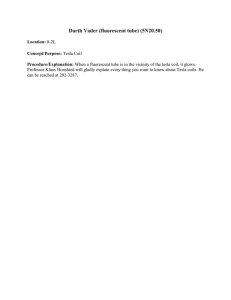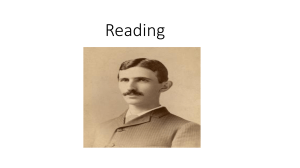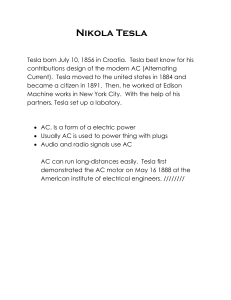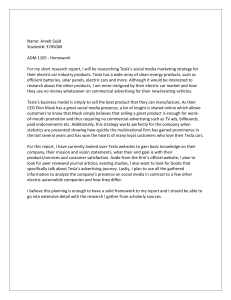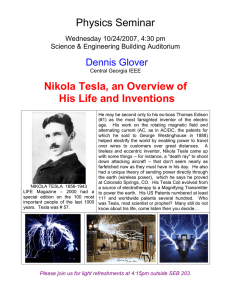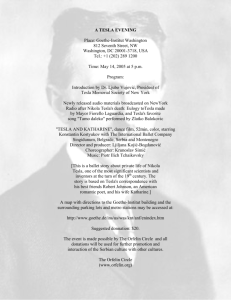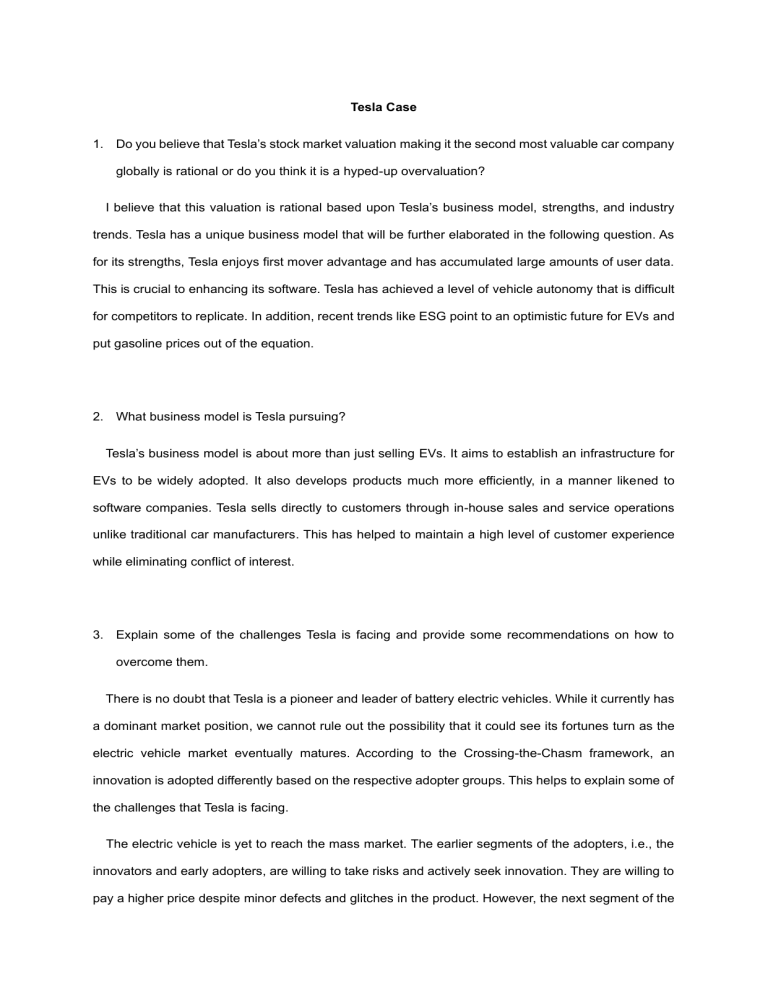
Tesla Case 1. Do you believe that Tesla’s stock market valuation making it the second most valuable car company globally is rational or do you think it is a hyped-up overvaluation? I believe that this valuation is rational based upon Tesla’s business model, strengths, and industry trends. Tesla has a unique business model that will be further elaborated in the following question. As for its strengths, Tesla enjoys first mover advantage and has accumulated large amounts of user data. This is crucial to enhancing its software. Tesla has achieved a level of vehicle autonomy that is difficult for competitors to replicate. In addition, recent trends like ESG point to an optimistic future for EVs and put gasoline prices out of the equation. 2. What business model is Tesla pursuing? Tesla’s business model is about more than just selling EVs. It aims to establish an infrastructure for EVs to be widely adopted. It also develops products much more efficiently, in a manner likened to software companies. Tesla sells directly to customers through in-house sales and service operations unlike traditional car manufacturers. This has helped to maintain a high level of customer experience while eliminating conflict of interest. 3. Explain some of the challenges Tesla is facing and provide some recommendations on how to overcome them. There is no doubt that Tesla is a pioneer and leader of battery electric vehicles. While it currently has a dominant market position, we cannot rule out the possibility that it could see its fortunes turn as the electric vehicle market eventually matures. According to the Crossing-the-Chasm framework, an innovation is adopted differently based on the respective adopter groups. This helps to explain some of the challenges that Tesla is facing. The electric vehicle is yet to reach the mass market. The earlier segments of the adopters, i.e., the innovators and early adopters, are willing to take risks and actively seek innovation. They are willing to pay a higher price despite minor defects and glitches in the product. However, the next segment of the market, the early majority, differs greatly from the previously mentioned adopter groups. They tend to be much more conservative and price sensitive. They want to see if the innovation has been proven. Tesla could have a hard time targeting the early majority if issues regarding production cost and quality standards persist. However, I think that such problems will be solved as Tesla scales up production (despite the difficulty of doing so) and benefits from economies of scale as well as the learning curve. The lack of necessary infrastructure (charging stations) could also pose a threat to Tesla’s adoption in the mass market. The key to overcoming these challenges is to understand the characteristics of the early majority and fulfill their needs. 4. What do you see as Tesla’s biggest challenge(s) moving ahead in the future? I think Tesla’s biggest challenge is competition by other auto manufacturers. Legacy automakers like Volkswagen have decided to develop their own EVs rather than to enter a partnership with Tesla. While Tesla has a significant competitive advantage in the form of its software, legacy automakers have advantages in scale and pricing. Other EV manufacturers could also pose a threat and erode Tesla’s market share. NIO’s BaaS (Battery as a Service) model is expected to compete with Tesla’s charging stations. It is important to keep investing to expand manufacturing capacity and monitor industry trends. 5. What managerial lessons are to be learned from this case, if any? It is important to note how Tesla not only tried to sell its EVs, but also establish an infrastructure to facilitate its adoption and set itself as the industry standard. While it faces many challenges in the form of increasing competition, I believe Tesla is good example of how a first mover should grow.
